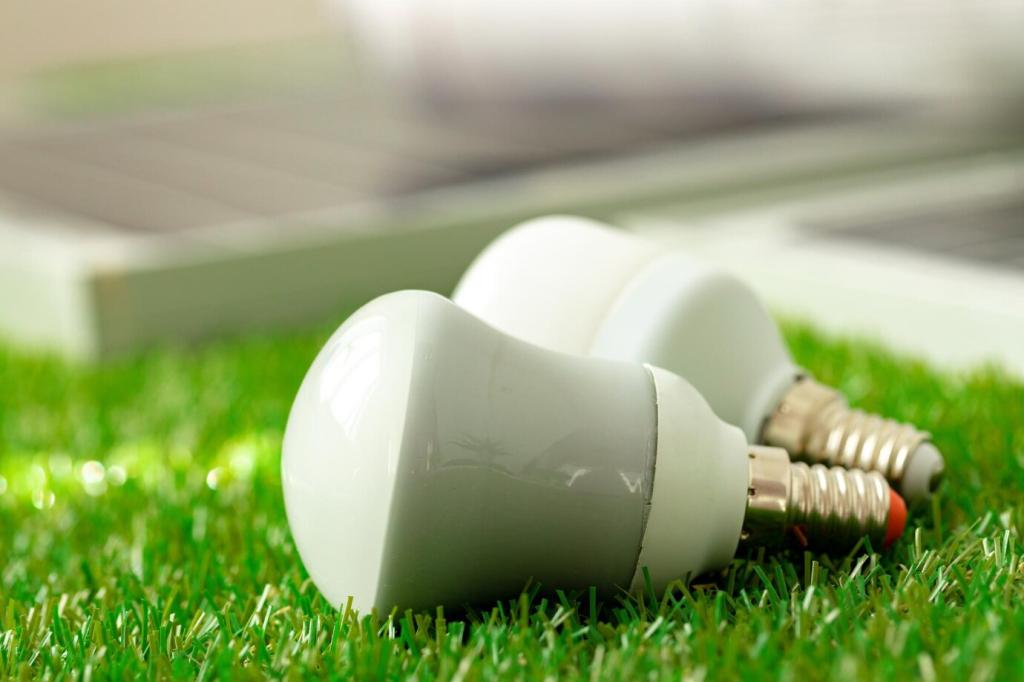Welcome to our home for Green Infrastructure and Landscape Design—where water, plants, and people come together to create healthier, cooler, more joyful neighborhoods. Today’s chosen theme is Green Infrastructure and Landscape Design. Dive in, share your experiences, and subscribe for fresh, practical inspiration rooted in community and nature.
What Green Infrastructure Means for Everyday Places
From rain-capturing gardens to shade-giving trees, green infrastructure delivers benefits you actually feel: cooler air, quieter streets, birdsong at dawn, and fewer puddles after storms. Share a moment when a planted space brightened your day.

Designing with Water: Rain Gardens, Bioswales, and Porous Places
A well-shaped rain garden slows, spreads, and sinks rainfall using gentle basins, amended soils, and deep-rooted natives. A neighbor once told us their street felt calmer after installation—the puddles vanished, butterflies arrived, and kids named the flowers.
Designing with Water: Rain Gardens, Bioswales, and Porous Places
Linear bioswales along sidewalks filter runoff, feeding soil life while protecting rivers. In one pilot street, simple curb cuts and sedges cut peak flow dramatically. Would your commute feel different if the curb were green and humming with pollinators?


Planting for Performance: Natives, Layers, and Urban Forests
Select species for function: deep roots to hold soil, blooms to feed pollinators, and foliage to cool façades. Layer groundcovers, shrubs, and trees to build habitat and resilience. Which native plant would you champion on your block?
A humble verge can become a buzzing corridor. We watched a once-bare median erupt with milkweed, asters, and bees, connecting two parks across three avenues. Share a photo-worthy pollinator oasis you’ve spotted in your city.
Right tree, right place, right soil volume. Structural soils, continuous planters, and generous pits help trees grow big and long-lived, delivering shade and cleaner air. Which hot sidewalk near you most deserves a leafy canopy?
Cooling Cities: Microclimates and Heat-Resilient Design
Cluster trees near bus stops, link shaded seating to storefronts, and orient paths for breezes. One shop owner told us sales rose after a new canopy line brought walkers back at noon. Where could a shade chain revive foot traffic?
Community, Equity, and Stewardship
Chalk lines, flags, and pop-up planters turn workshops into joyful experiments. In one session, elders placed benches by morning sun; teens sketched skateable edges. What tool would help your community visualize greener possibilities?


Community, Equity, and Stewardship
Prioritize shaded routes to schools, step-free paths, and tactile plant selections. A clinic reported calmer waiting areas after a pocket garden opened next door. Share where equitable greening could most improve daily wellbeing in your neighborhood.
Measuring Impact: Policy, Funding, and Maintenance
Simple sensors, citizen rain logs, and canopy mapping reveal meaningful change over seasons. Charts are great, but stories matter too—like the café that stayed open through storms thanks to a nearby bioswale. What evidence would persuade your council?
Measuring Impact: Policy, Funding, and Maintenance
Codes can require tree soil volumes, green roofs, and permeable thresholds. Pair mandates with flexibility and incentives so designers innovate. Which policy lever—zoning, fees, or grants—feels most promising where you live?


